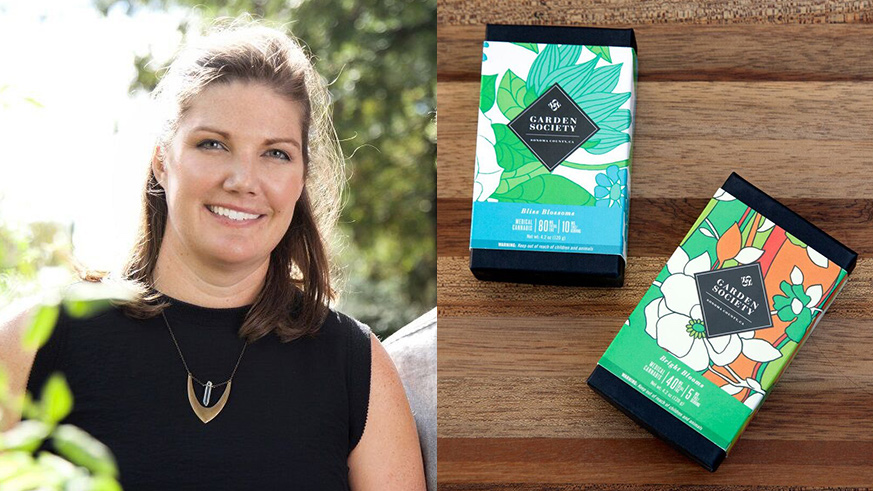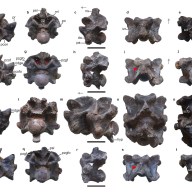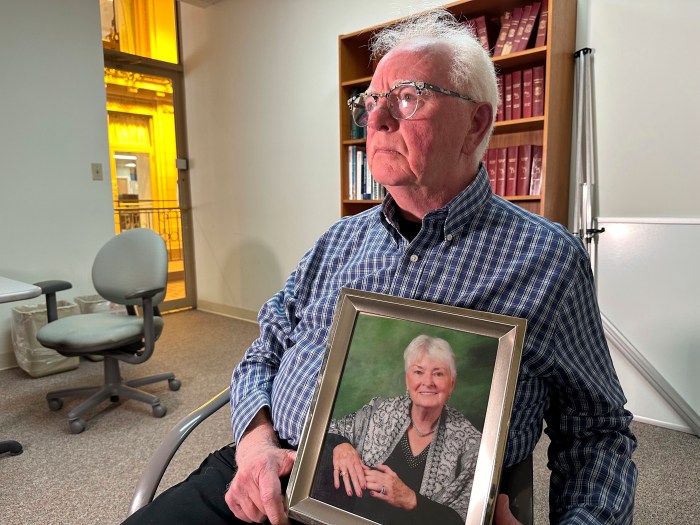When Erin Gore first turned to cannabis, it was for the health benefits more than wanting to get stoned. The former collegiate athlete had undergone multiple hip surgeries, and was seeking an alternative from the opiates doctors had prescribed, so she began to explore how medical cannabis could treat her pain.
Fast forward a few years later, the Sonoma, Calif. resident was running a hundred million dollar global business and feeling stressed out. Traveling internationally constantly for work, she was also launching a wine brand, Gore Vineyards, with her husband, Tom Gore.
“I was just really miserable at the end of the day,” Gore remembers. “I started turning back to cannabis to help me sleep, because if I could get a good night’s sleep, I realized I was a lot better person.”
Working in the wine industry, she was also exhausted by alcohol, she says, so she began experimenting with cannabis as a lifestyle product.
“I just needed a little bit to take the edge off of my hard day or conference call or getting ready for the birthday party the next day — all the things we deal with as professional women,” explains the 34-year-old.
Over “high holiday” baking parties with friends, she realized most of the women she knew were struggling with these same issues of work-life balance. Could cannabis relieve the insane pressure on women to “have it all”?
In 2016, Gore launched The Garden Society, a medical cannabis company specializing in low dose edibles for women. Together with Michelin-starred chefs and a medical advisor, the entrepreneur and her team create confections for sale at dispensaries and through delivery services in California, in accordance with state medical marijuana laws. They also partner with brands to host dinner parties and recently participated in a wedding expo for brides interested in cannabis confections at their reception.
Why edibles? Gore says the women she surveyed said they felt more comfortable with consuming cannabis in a more discreet form — rather than have their kid catch them smoking a joint, as she put it. Keeping the dosage low is a priority for Gore, because so many newbies to the drug take it in too high quantities — and if you’ve ever eaten a weed brownie and not been able to move for multiple hours, you get it.
Each product sources strain-specific cannabis to target a specific ailment. Bright Blooms, fruit and herb gelees baked with a hybrid Sativa plant, help provide “a mindful moment of focus,” while milk chocolate candy Bliss Blossoms use a mellow Indica hybrid, with a 1:1 THC to CBD serve as a relaxant and a sleep aid. “If dosed correctly, our products will provide a pleasant and mild effect,” says Gore. “We are looking to help women with busy lives take a moment to step away from those daily stressors.”
Gore’s plans to expand the company’s offerings depend upon the upcoming law: While recreational use of cannabis has been legal in California since Prop 64 passed last November, allowing residents to possess, consume and even grow the plant, it won’t be approved for commercial sale until 2018. “We really believe in the wellness benefits of this plant,” Gore says. “We’re just really excited for the possibilities for introducing cannabis to the broader adult population as these regulations roll out next year.”
Using cannabis for wellness
To understand the health benefits of cannabis, you have to first understand the plant. The cannabis plant has more than 100 chemical receptors, known as cannabinoids. Tetrahydrocannabinol, or THC, is actually the only one that’s psychoactive, aka, gets you high. The second best-known is called cannabidiol, or CBD, which is non-psychoactive and can treat a number of conditions, from anxiety to epilepsy to chronic pain.
Pamela Hadfield is the co-founder of HelloMD, the largest digital platform for medical cannabis. Hadfield, who had worked in startups for years, was inspired to launch HelloMD after experiencing how medical cannabis relieved her struggles with chronic migraines.
Hadfield says she constantly popped vicodin to deal with her symptoms. The San Francisco resident started taking cannabis three times a day, every day, in the form of a high CBD, low THC ratio tincture (a liquid extract you can drop under the tongue), and she hasn’t had a migraine in three years.
She and her husband, Mark Hadfield, launched HelloMD in 2014 to help others find relief for their own conditions through cannabis. The service, currently available in California, and as of July, New York, connects patients with doctors via live video chat, in which they can privately discuss their medical condition and why cannabis might be an option for them. After the consultation, patients can get recommended for a medical marijuana ID card, which they can then bring to a doctor who’s licensed to prescribe to them in their state.
“It’s health and wellness,” says Hadfield. “I don’t think of [cannabis] as medical and I don’t think of it as recreational. I think about my own story of, how did I get to a point of health and wellness? We feel like we can help people get on that path.”
HelloMD teamed up with UC Berkeley to conduct a landmark study on cannabis as a substitute for opioids. Published in June in the journal Cannabis and Cannabinoid Research, the study culled survey data from over 3,000 HelloMD patients on how using cannabis affected their opioid use. Among the key findings: 97 percent of patients said that “strongly agreed/agreed” that they could decrease their opioid use when using cannabis,” 92 percent said they preferred it over opiates to treat their condition and 81 percent agreed that “cannabis by itself was more effective than taking cannabis with opioids.”
“I was that person who was on vicodin all the time,” says Hadfield. “There’s an alternative and nobody’s ever died from it.”
















